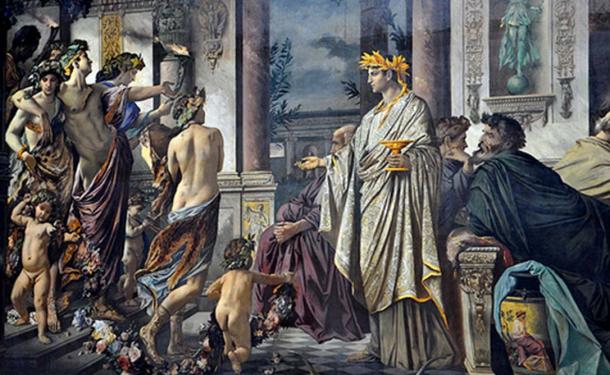RETCON NOTE: This post replaces portions of "Mages of Monvesia" and "Savants of Monvesia;" see also "Mages of Monvesia - Malefactors."Mastery of the arcane arts can be achieved by strengthening one's connection to the Spheres of Power. While some mages make pacts or embrace an inborn otherworldly nature (see malefactors), a dominant majority do so through years of research, experimentation, and formal study. These scholars view themselves as "true" mages, and often argue that they are the more powerful of their kind. These include the industrial Artificers and the academic Wizards.
Artificer
This class is detailed in Eberron: Rising from the Last War.From a Pracian perspective, the ways of artifice began with the dwarves and gnomes (and, presumably, neanderthals). Humans would learn the arts from them, and spread them throughout the Monvesien Valley to the other races of Prace. In Henjal, artifice is as old the the scalikind Empire of the Morning and Evening Star--whence it spread from the Forest of Vines to the Sea of Fuhon. While in Raviq it was practiced by an elite, priest-like caste of revered craftsmen. Fuhonese artifice is a unique blend of all three traditions, since the korobokuru would have brought their Pracian tradition with them.
Alchemists are by far the most common artificer. Local traditions of alchemy can be found throughout the regions Monvesia, each with their own names and customs. This specialty forms the basis of the Natural Sciences of Goliath Medicine.
Battle Smiths and Armorers (Unearthed Arcana) are tied as the second-most widely known artifice specialties. The two are just as often seen working side-by-side (particularly during times of war) as they are rivals.
Artillerists are a closely-guarded dwarven secret in Prace--though the korobokuru in Fuhon have been more willing to share the art. In Henjal, kobolds have independently developed their own artillerist tradition; it is meant to be secret, but a drunk kobold can't always keep such secrets.
